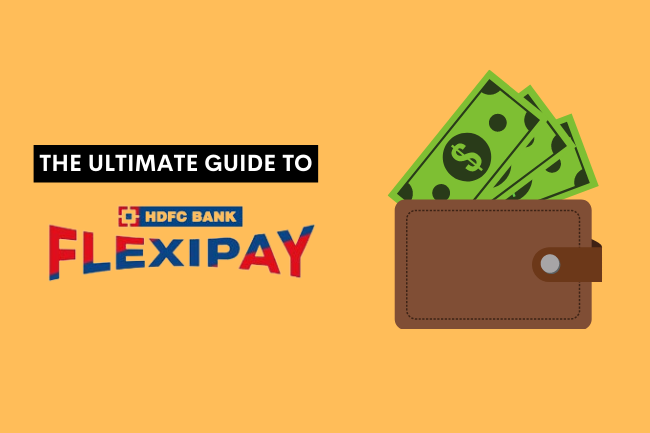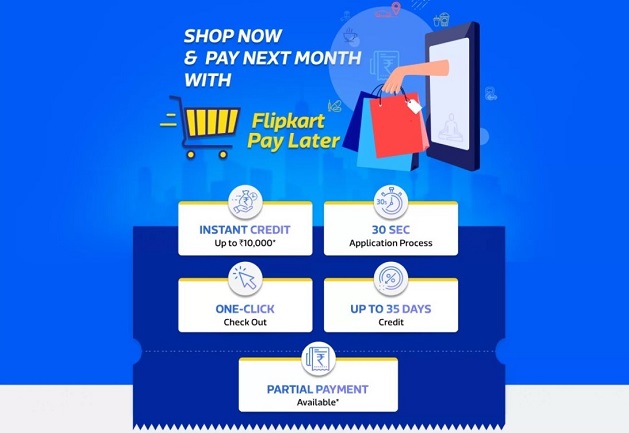Credit cards offer a convenient way for individuals to purchase and manage their finances. One feature many credit card users may need to be aware of is the overlimit facility.
This feature plays a significant role in how credit cards operate and can have both favourable and unfavourable consequences for cardholders.
The over limit facility is a service provided by credit card issuers that allow cardholders to exceed their predefined credit limit, granting them the flexibility to make transactions even when their available credit has been exhausted.
Like other credit card features, over limit facilities come with terms and conditions that the cardholder must thoroughly understand to ensure responsible usage and avoid the potential pitfalls of overspending.
Understanding the concept of over limit facilities is crucial for credit card users who want to maintain control over their spending habits and avoid incurring hefty penalties.
By familiarizing themselves with how this feature works, cardholders can make informed decisions on whether to utilize this service and can better navigate the world of credit cards.
Table of Contents
What Happens If I Overlimit My Credit Card?
When a credit card user exceeds their credit limit, they have entered the overlimit territory. This occurs when the outstanding balance on the card surpasses the predefined credit limit set by the issuer.
The implications of going over the credit limit can vary depending on the financial institution and the cardholder’s agreement.

1. Fees and Penalties
The most immediate consequence of exceeding the credit limit is the imposition of overlimit fees.
These charges can be a one-time or recurring monthly fee when the balance exceeds the limit. Some card issuers may also increase the cardholder’s interest rate as a penalty for exceeding the limit.
2. Impact on Credit Score
Overlimit usage can hurt the cardholder’s credit score, particularly if it results in a high credit utilization ratio. Credit utilization is the ratio of the outstanding balance to the credit limit.
High credit utilization (generally above 30%) implies that the cardholder relies heavily on borrowed money, which may be a red flag for potential creditors.
3. Reduced Purchasing Power
Going over the credit limit can also lead to reduced purchasing power. The card issuer may decline transactions pushing the balance beyond the credit limit, making it difficult for the cardholder to make additional purchases until the balance is paid down.
4. Card Issuer’s Actions
Card issuers may take various actions when a cardholder exceeds their credit limit. They may contact the cardholder to discuss the situation and help create a plan to pay the balance.
In some cases, the issuer may close the account or reduce the credit limit, causing further financial strain on the cardholder.
It is important for credit card users to be aware of their credit limits and to monitor their spending closely to avoid the negative consequences associated with exceeding these limits.
Proactively addressing potential overlimit situations, such as paying off balances or requesting credit limit increases, can help maintain financial stability and protect one’s credit standing.
What Are the Charges for Overlimit Facility?
An overlimit facility is a credit card issuer’s offer allowing cardholders to make transactions beyond their credit limit.
Financial institutions offer this feature primarily as a convenience for users to avoid immediate financial penalties or declined transactions. However, there are charges associated with using this facility, and it is essential to understand them.
The charges for an overlimit facility vary based on the card issuer and the specific credit card type. Card issuers generally charge a flat fee or a percentage of the overlimit amount. Flat fees can range from 400 to 800, depending on the issuer.
On the other hand, percentage-based fees usually range from 2% to 5% of the overlimit amount.
Some financial institutions impose additional charges on cardholders who utilize the overlimit facility. These may include:
- Increased interest rates on the overlimit balance
- Overlimit fees for each billing cycle where the balance exceeds the credit limit
- Additional charges for returned payments or bounced checks as a result of the overlimit transaction
However, it’s important to note that some card issuers may waive the first-time overlimit fee or provide grace periods to cardholders who unintentionally exceed their credit limit.
Some credit cards offer this facility without any charges as part of their benefits package.
Cardholders should carefully review their credit card agreement and schedules of fees to understand the charges associated with their specific overlimit facility.
In conclusion, the overlimit facility is a feature meant to provide flexibility and convenience for credit card users in emergencies or extraordinary circumstances.
However, the associated charges may vary and can add up quickly. Cardholders should be cautious and aware of these costs when considering this option.
Is the Overlimit Fee Charged Daily?
Overlimit fees on credit cards are imposed as a penalty when a cardholder exceeds their authorized credit limit. It is essential to understand whether these fees are charged daily or less frequently.
This information can help cardholders manage their credit usage wisely and avoid unnecessary charges.
In general, credit card issuers do not charge overlimit fees daily. Instead, these fees are typically assessed when the cardholder’s statement is generated monthly.
Once the statement is generated and the overlimit fee is applied, the cardholder can pay down their balance and avoid further overlimit fees in the subsequent month.
However, it is crucial to note that different credit card issuers may have varying policies regarding the frequency of overlimit fees. Some issuers might charge these fees daily if the cardholder continues to increase their balance over the credit limit.
Others may apply the fee only once per billing cycle, even if the cardholder remains over their limit for an extended period of time.
To avoid potential confusion and unexpected penalties, it is highly recommended that cardholders familiarize themselves with their specific credit card agreement, which should include detailed information on the issuer’s overlimit policies.
Understanding these terms will help cardholders make financially responsible decisions and avoid unnecessary fees for exceeding their credit limit.
Summary
Overlimit fees are not universally charged on a daily basis. However, cardholders should refer to their credit card agreements to understand the specific policies of their issuer regarding these fees.
Staying informed will enable cardholders to maintain a healthy credit profile and minimize unnecessary charges.
How Do I Remove Overlimit Fee from My Credit Card?
Overlimit fees are typically charged when a credit card user exceeds the assigned credit limit on their account. However, there are several ways to remove or avoid these fees.
Firstly, cardholders can contact their credit card issuer’s customer service department and request a waiver of the overlimit fee. Explaining the circumstances that led to exceeding the credit limit is essential, especially if it was a one-time occurrence or an emergency.
Credit card companies may be willing to waive the fee, particularly for long-standing, reliable customers with a good payment history.
Another option to prevent overlimit fees is to set up notifications or alerts through the credit card issuer’s website or mobile app. These alerts can notify cardholders when they are approaching their credit limit, allowing them to adjust their spending and avoid exceeding the limit.
Additionally, regularly monitoring account activity and balances can help cardholders stay on top of their spending and avert potential overlimit fees.
Cardholders can also request an increase in their credit limit, provided they have a history of timely payments and responsible credit usage. A higher credit limit reduces the likelihood of incurring overlimit fees and can improve an individual’s credit score by decreasing their credit utilization ratio.
Lastly, it is essential to create a budget and track expenses closely to manage spending effectively and avoid going over the credit limit. A well-organized budget can help cardholders identify areas where they may need to cut back and ensure that they use their credit responsibly.
By employing these strategies, cardholders can take control of their finances, prevent overlimit fees, and stay within their credit limit boundaries.
Does an Overlimit Fee Affect Credit Score?
Yes, an overlimit fee can affect a credit score. When a credit card user exceeds their credit limit, it can result in a high credit utilization ratio, the ratio of the outstanding balance to the credit limit. High credit utilization can negatively impact a credit score, especially if it remains consistently high.
This is because it signals to potential creditors that the cardholder relies heavily on borrowed money, making them appear financially unstable.
Additionally, if the overlimit situation is addressed promptly, it can lead to timely payments, further damaging a credit score. Therefore, credit card users must monitor their spending closely and avoid exceeding their credit limit to protect their credit scores.
Is It Good to Go Over Your Credit Limit?
No, it is not good to go over your credit limit. Going over the credit limit can result in various negative consequences, such as overlimit fees, increased interest rates, reduced purchasing power, and potential damage to a credit score.
While the over limit facility can provide a safety net in emergencies, it should not be relied upon as a regular spending practice. Credit card users must understand their credit limits, monitor their spending, and proactively avoid exceeding their credit limit.
By doing so, they can maintain financial stability, protect their credit standing, and avoid unnecessary charges and penalties.
Conclusion
In conclusion, the over limit facility is a feature that can provide flexibility and convenience for credit card users. However, it is important to understand the associated charges and potential pitfalls of exceeding the credit limit.
Cardholders should carefully review their credit card agreements, monitor their spending closely, and take proactive steps to avoid overlimit situations.
By following these guidelines, cardholders can maintain their financial stability, protect their credit standing, and make informed decisions about using their credit cards.


